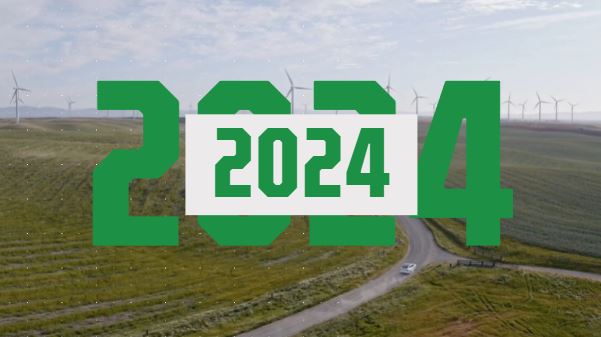CEO Aiden Lavelle sat down for a quick Q&A following his recent trip to our Olserum project in southern Sweden.

What was the main purpose of your recent trip?
The trip was primarily to provide the community with updates and address their questions regarding our operations. We detailed our drilling plans and what will happen on the ground.
It’s crucial for us to keep the locals well-informed, especially since there is less mineral exploration in the region compared to in northern Sweden. We’ve conducted several meetings, including one last September, which was organised after our project received national interest designation. It generated significant interest and attracted 90 attendees from the broader region.
Our most recent meeting was more intimate, with around 30 people in attendance, and was focused on the local residents and farmers in the area who would benefit from local investment.
What was your overall impression of the community’s response?
I’m pleased with how the engagements have gone. There’s been a robust show of interest, with lots of important questions raised. It is clear to me that the community values being kept in the loop about our activities and operations.
During the consultation, what were the primary issues raised by the community?
The community expressed curiosity about how a project would run, both in the short and long term, and inquired about the types of infrastructure and job opportunities that would arise. Questions surrounding water quality and environmental impact were also brought up. A planned Environmental Impact Assessment for the project, which would be undertaken with a partner, would address these concerns.
Given that we’re operating in Sweden, which maintains very high environmental standards, we’re confident that our work will be well-received.

How has the “national interest” designation impacted the way people view the project?
The designation has emphasised the project’s societal utility and the importance of not hindering future exploration. The Swedish Geological Survey is highly respected, and I believe the independent recognition of Olserum’s economic value has positively influenced public perception.
If a project is designated of national interest, that does not mean it can bypass any other laws including sustainability regulations, but it does mean that it is less likely that permission would be granted to use the land for other purposes, for example building projects.
Were there any surprises during your visit?
There were some pleasant surprises! Local political representatives showed a positive stance and expressed a desire to see investment in the region. This is particularly significant given the lack of high-value industries and significant investment in the area over the past few decades.
Could you highlight any memorable moments from the trip?
One of the trip’s highlights was having the Swedish Geological Survey on-site with us, with whom we have an impartial collaborative relationship. Their ongoing regional remapping program is a testament to their impartial support for exploration and investment in the community.
As a geologist, I appreciate the vast amounts of high-quality data they provide, which is not only cost-effective but also indicative of their commitment to the industry.

You recently received the results of some channel sampling recently, tell us more about that.
We were really encouraged by the outcome of some sampling taken over a 100 metre zone at Djupedal, which confirmed REE mineralisation including three metres grading 1.58% TREO and one metre grading 2.27% TREO with c. 30% HREO average. Also we learned of new rock chip grab samples grading 1.5% and 1.04% TREO from a southerly dipping shear structure near the east of Djupedal, and close to a dump with high-grade REEs (15-20% TREO), which affirm the new geological model. These sampling results further increase our confidence of completing our fully permitted and low-cost drill programme in H2-2024.
What are the next steps for the project?
We have an exciting drill programme planned for the second half of this year to demonstrate the project’s potential for higher-grade minerals and to significantly increase the size of the project. We anticipate this will confirm our assumption that this is a district-scale REE project with potential to be a significant project in Europe. As such we think this will support the Company’s aim of monetising the project by attracting a partner to fund its future development and potential commercialisation.






